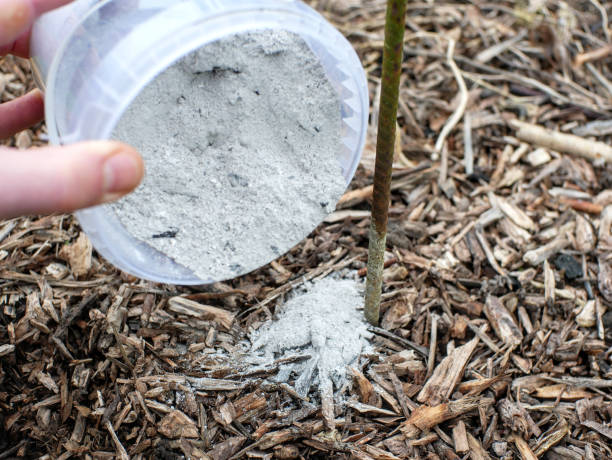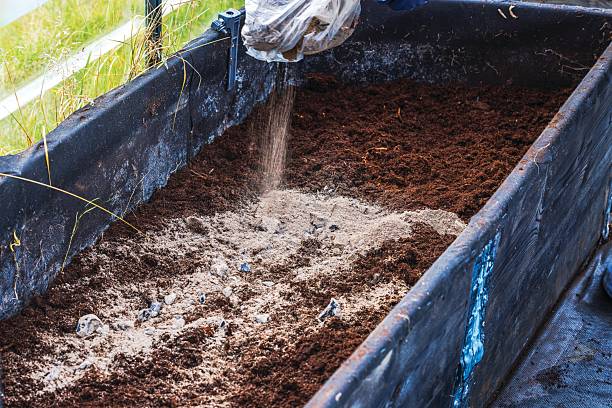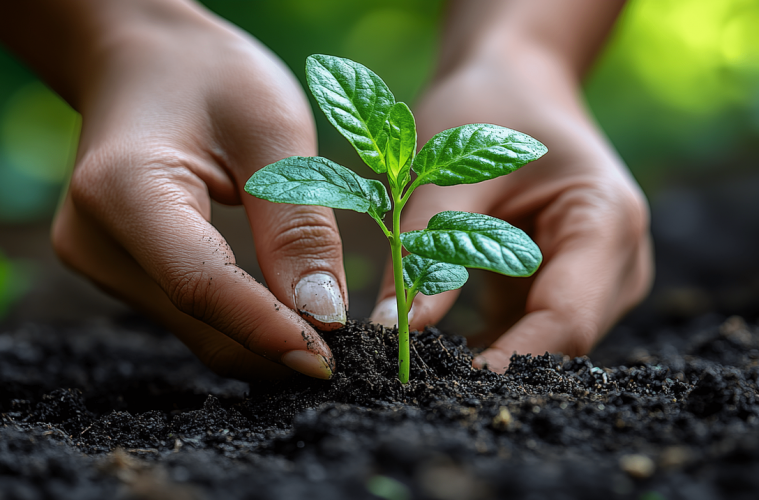When you and your family set a bonfire, you can use the leftover wood ash to benefit your soil and plants. Whether you believe it or not, wood ash has surprising uses that enhance your soil’s structure, potentially boosting your plant growth.
Surprising uses of wood ash to boost plant growth naturally

Image Credit: Pixabay
You can use it as a natural fertiliser
Wood ash is a rich natural fertiliser material, containing potassium, magnesium, and calcium. These are all important organic materials needed to grow your plants. If you’re trying to grow plants that thrive in slightly higher alkalinity and want to enrich your soil simultaneously, mixing wood ash with your soil is a good idea. Although ash might not contain a lot of nitrogen, it is still helpful to boost leafy growth for your plants.
Use ash to enhance your compost
If used sparingly and mixed with other organic contents in your compost, wood ash can enhance compost and add valuable nutrients to it. With the good amounts of potassium, calcium and magnesium, it can also balance nutrient levels and indirectly aid well-rounded plant growth within your plants.
Deter Pests
When sprinkled around your houseplants and even directly on pests and insects, the wood ash can dry out pests, forcing them away from your plants. The rough texture of ash also helps deter any pests that may be lingering around and trying to crawl up the leaves of your plants.
Adjust your soil’s pH
When dealing with highly acidic soil in your garden and wanting to grow delicate flowers that prefer more alkalinity, wood ash can be extremely useful in this situation. Because the ash is alkaline, mixing some wood ash with your soil can raise its pH levels and turn the soil more neutral or slightly alkaline. Just be careful when using it, as you don’t want to affect your soil negatively.

Image Credit: Pixabay
So next time you host a bonfire at home with friends and family, consider collecting the ash once the fire’s out. You can use it to enrich your garden’s soil structure and ecosystem.
ALSO SEE: TOP VEGGIES THAT THRIVE IN ACIDIC SOIL CONDITIONS
Feature Image: Pixabay

